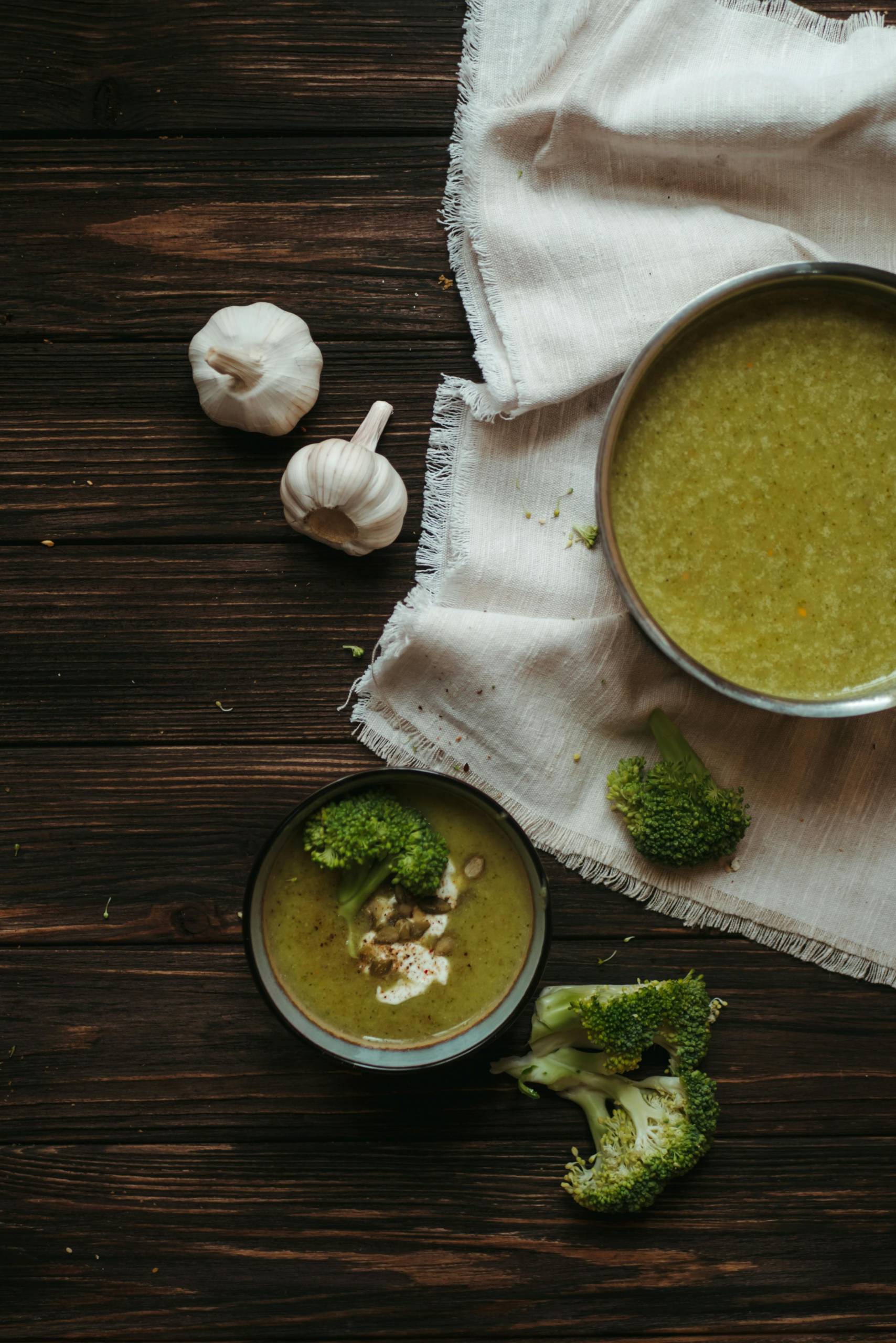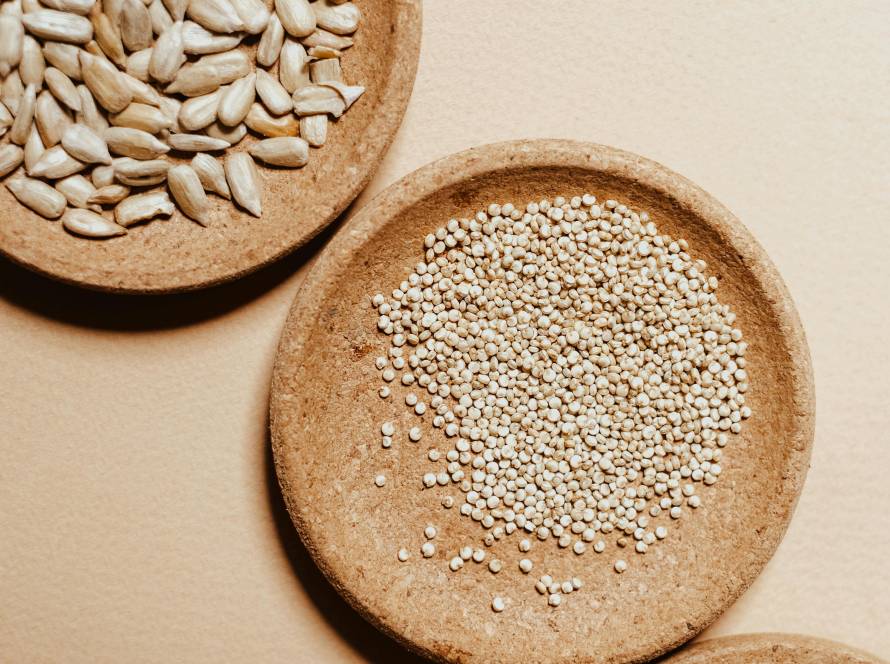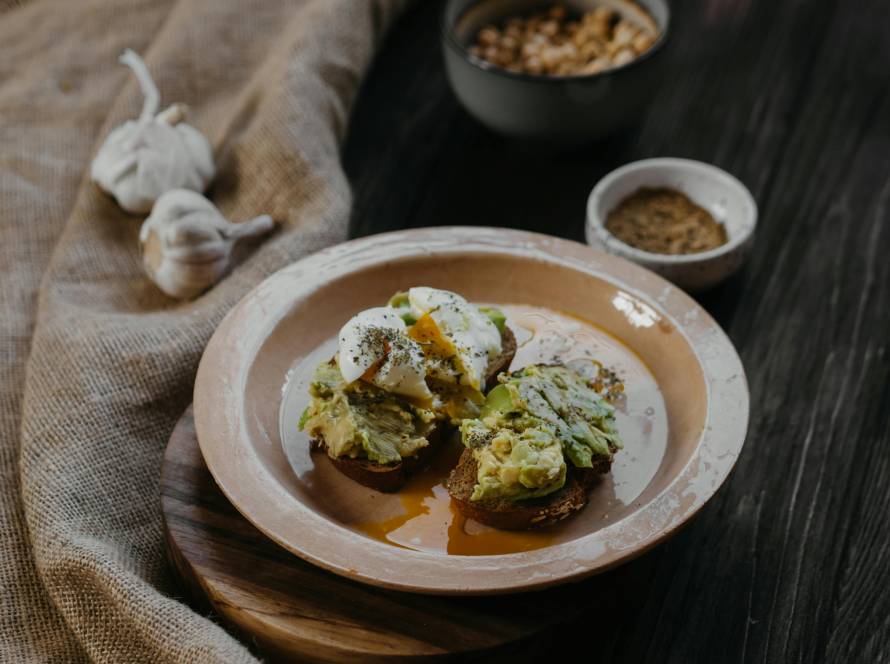Reading Labels Like a Pro: Shopping Gluten-Free Made Easy
If you’re committed to a gluten-free lifestyle, navigating store shelves can feel intimidating. Reading labels is the first step toward safe and satisfying gluten-free baking and cooking. Whether you’re new to the lifestyle or a seasoned home baker, this guide helps you decode Gluten-Free Label Reading like a pro and shop confidently.
Understanding Gluten and Why It Matters
Gluten is a protein found in wheat, barley, and rye. For those with celiac disease or gluten sensitivities, consuming gluten can cause serious health issues. That’s why it’s vital to understand how to identify hidden sources of gluten when buying packaged foods.
Key Terms to Know for Gluten-Free Label Reading
When scanning a product label, be on the lookout for the following terms that may indicate the presence of gluten:
- Wheat
- Barley (often found in malt and beer)
- Rye
- Triticale (a wheat-rye hybrid)
- Malt (made from barley)
- Brewer’s yeast
Additionally, some additives and flavorings may be derived from gluten-containing grains, so always read beyond the ingredient list.
Certified Gluten-Free Labels: What to Look For
To ensure safety during your gluten-free baking adventures, purchasing items that are labeled “Certified Gluten-Free” is ideal. These certifications are regulated by third-party organizations that follow strict guidelines, often testing products for less than 20 parts per million (ppm) of gluten.
Key gluten-free certification labels marks to watch for:
- Certified Gluten-Free by GFCO
- NSF Certified Gluten-Free
- Gluten-Free Certification Program (GFCP)
These certifications often appear on packaged flours, spices, and baking mixes, giving you peace of mind during your cooking process.
Common Hidden Sources of Gluten in Ingredient Lists
Some products that seem naturally gluten-free can, in fact, contain hidden gluten in food labels due to cross-contamination or unexpected ingredients. Be cautious with the following items:
- Salad dressings and sauces
- Soup bases and bouillon
- Processed meats (like deli slices and sausages)
- Marinated or pre-seasoned meats and tofu
- Licorice and other candies
Always scan the label and when in doubt, opt for items labeled gluten-free.
Tips for Reading Labels in International or Imported Foods
Here are some effective strategies to identify gluten-free options quickly and accurately. How to read food labels for gluten:
- Check the allergen statement – U.S. products are required to list wheat, but not barley or rye. Always examine the full ingredient list.
- Avoid vague terms – Ingredients like “natural flavors,” “seasonings,” or “spices” may contain hidden gluten. Contact the manufacturer if unsure.
- Learn product categories – Familiarize yourself with which categories are typically safe or risky. For instance, plain rice and legumes are naturally gluten-free, but processed snacks often are not.
- Consider country of origin – Labeling laws vary by country. Be especially careful with imported products.
Wheat-Free Doesn’t Always Mean Gluten-Free
The term “wheat-free” only means the product doesn’t contain wheat—it may still contain other gluten-containing grains such as barley or rye. This distinction is crucial for a true gluten-free lifestyle.
Building Your Gluten-Free Shopping List
Stock your kitchen with safe staples for gluten-free baking and cooking:
- Flours: Almond flour, rice flour, buckwheat flour, sorghum flour, and certified gluten-free oat flour
- Baking essentials: Xanthan gum, baking powder (ensure gluten-free), cornstarch
- Grains: Quinoa, millet, amaranth, certified gluten-free oats
- Pasta and noodles: Brown rice pasta, chickpea pasta, or lentil noodles
Prep your pantry with these safe options so you’re always ready for wheat-free cooking projects.
Shopping for Gluten-Free Baking Mixes
Pre-made baking mixes offer convenience but vary in quality. Always:
- Read the label thoroughly for certifications
- Check reviews for taste and texture
- Experiment with a few different brands to find your favorites
How to Avoid Cross-Contamination When Shopping
Cross-contamination can occur at any point during food processing, packaging, or even transportation. To minimize risk:
- Buy products with dedicated gluten-free facilities
- Use separate cutlery and cooking tools at home
- Store gluten-free items in separate containers
Preventing cross-contact is just as important as the ingredients themselves for a safe gluten-free experience.
App and Online Tools to Help You Shop Smarter
Technology can simplify gluten-free shopping! Here are some apps widely used by the celiac and wheat-sensitive community:
- Find Me Gluten Free – Find gluten-free restaurants and reviews
- ShopWell – Personalizes food recommendations based on dietary needs
- Gluten-Free Scanner – Scan barcodes to check gluten status instantly
Combine these tools with your label-reading knowledge to become a truly savvy gluten-free shopper.
Experimenting With Celiac-Friendly Recipes
Once you’ve gathered safe ingredients, the fun begins with gluten-free baking and cooking. Remember:
- Use recipes specifically designed for gluten-free flours
- Watch for texture—gluten-free doughs often feel wetter or stickier
- Don’t skip binders like xanthan gum or psyllium husk
Final Thoughts: Becoming a Pro at Shopping Gluten-Free
Reading labels for gluten-free baking might feel overwhelming at first, but with time and the right information, it becomes second nature. From recognizing hidden ingredients to selecting certified products, shopping smartly helps prevent reactions and promotes confidence in your gluten-free lifestyle.
Continue to educate yourself and explore Gluten Intolerance Group for more reliable gluten-free resources.
You’ve got this! With these tips, you’re well on your way to mastering gluten-free baking and cooking like a pro.



